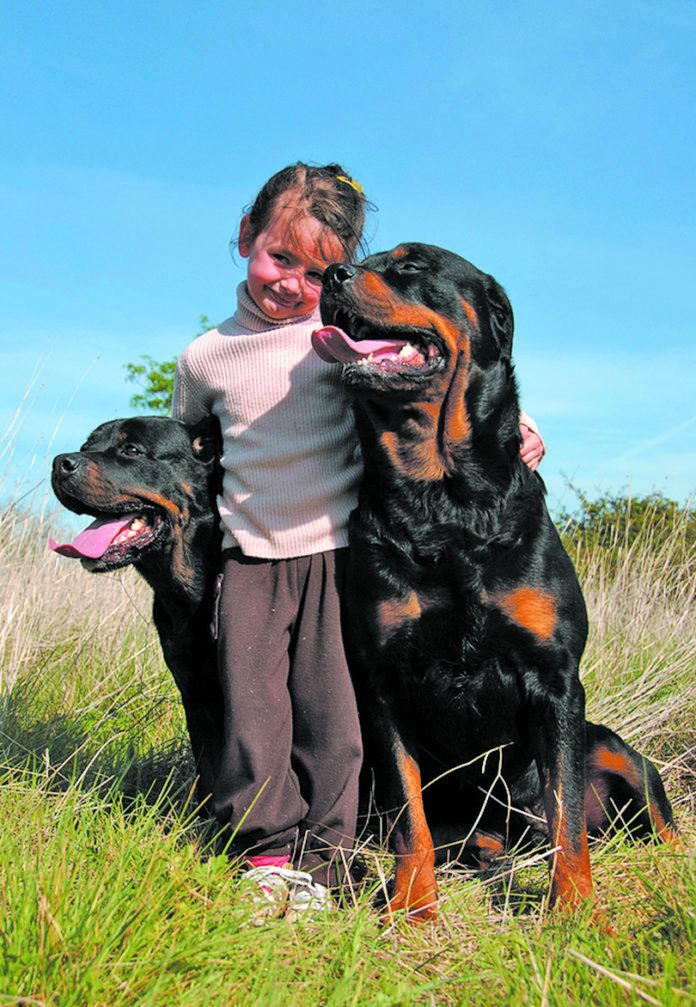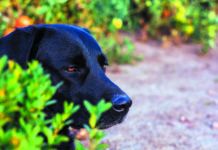Some dogs react negatively to men with beards, tall people, people in hats, young children — even those with different skin tones.
That’s right. Differences from what dogs are used to can freak them out, and some dog guardians indeed worry their pet might be bigoted. The dog will bark, and even lunge, at someone of a different race while remaining perfectly docile when a person of a more familiar race walks by. The worst part is that people worry they are inadvertently passing along some degree of prejudice they aren’t aware of.
Could it be true? The Director of the Center for the Human-Animal Bond at Purdue University’s College of Veterinary Medicine, Alan Beck, ScD, says that while race itself is a biological concept, racism is a social concept. And dogs are simply incapable of making social judgments, he explains.
“Dogs are very much aware of differences, especially if the difference is novel,” Dr. Beck says. That’s “not a value judgment but a strategy” to keep safe from what’s unfamiliar. For a dog, people of a darker or lighter skin tone than he might be used to could prove unsettling in the same way people in sunglasses might be, or people wearing masks. It’s about a lack of exposure while the dog was a puppy.
In some cases, it’s not unfamiliarity that breeds the distress but a negative experience the dog associates with someone who has a certain look. It doesn’t have to be rational. Let’s say one time another dog bit the dog while the dog was looking at a person with a hat on. From then on, the dog mistakenly distrusts hat wearers. Dogs don’t always understand cause and effect.
Calming a dog when it comes to differences
The best thing for a dog is to learn that “a difference is not a danger,” Dr. Beck says. Puppyhood is the best time to teach a dog that people of all shapes, sizes, skin tones, and clothing styles can be safe. If you can introduce a dog to different-looking people during the sensitive period of learning, which ends pretty much by the time he is 12 weeks old, so much the better. Otherwise, he is at risk for developing his own associations. Later on, for instance, someone with a lot of wrinkles might scare him because he didn’t learn about people who have wrinkles when he was very young.
For dogs who are no longer puppies
Don’t despair if your dog has generalized his fear to people with a certain look but is no longer a two- to three-month-old puppy. There are still steps you can take to reduce his distrust. The head of the Tufts Animal Behavior Clinic, Stephanie Borns-Weil, DVM, suggests a “response substitution” approach. With this method you ask your dog to “Look” at you when someone who might elicit an aggressive fear response approaches. Then immediately offer a treat when the dog complies. The result is that you have trained your pet to turn to you for a happy interaction instead of barking and lunging. That changes what it means to come across someone unfamiliar.
In concert with this strategy, employ these key points:
- Don’t yell. Remember, your dog is not shaming you by reacting negatively to someone different from you. He’s just being a dog. If you overreact, he’s going to overreact.
- Never use prong, choke, or shock collars. That will make your dog associate the unfamiliar-looking person with even more negativity. And it will erode his trust in you.
- Be patient. Anxious dogs are not turned into calm ones in a day. Trust that your dog is resilient (most are) and will relax over time about seeing people he’s not used to coming across.
- Tall men/women
- Men with beards
- Elderly men/women using canes
- Men/women of various races/ethnicities
- Children riding bikes
- Children bouncing a ball
- People pushing baby strollers/carriages
- People carrying umbrellas
- People wearing sunglasses
- People wearing backpacks
- People wearing hats — baseball caps, wide-brimmed hats, other types of hats
- Toddlers vocalizing
- Teenagers





